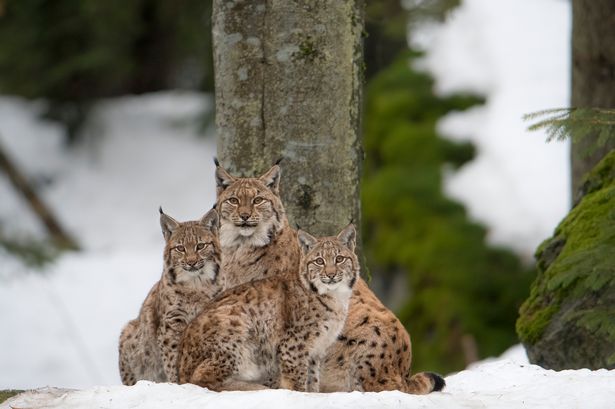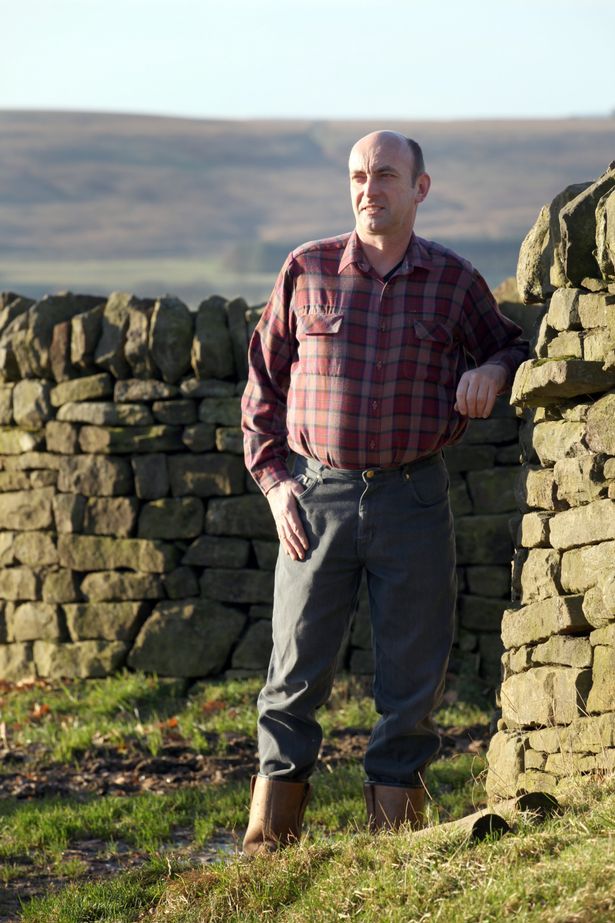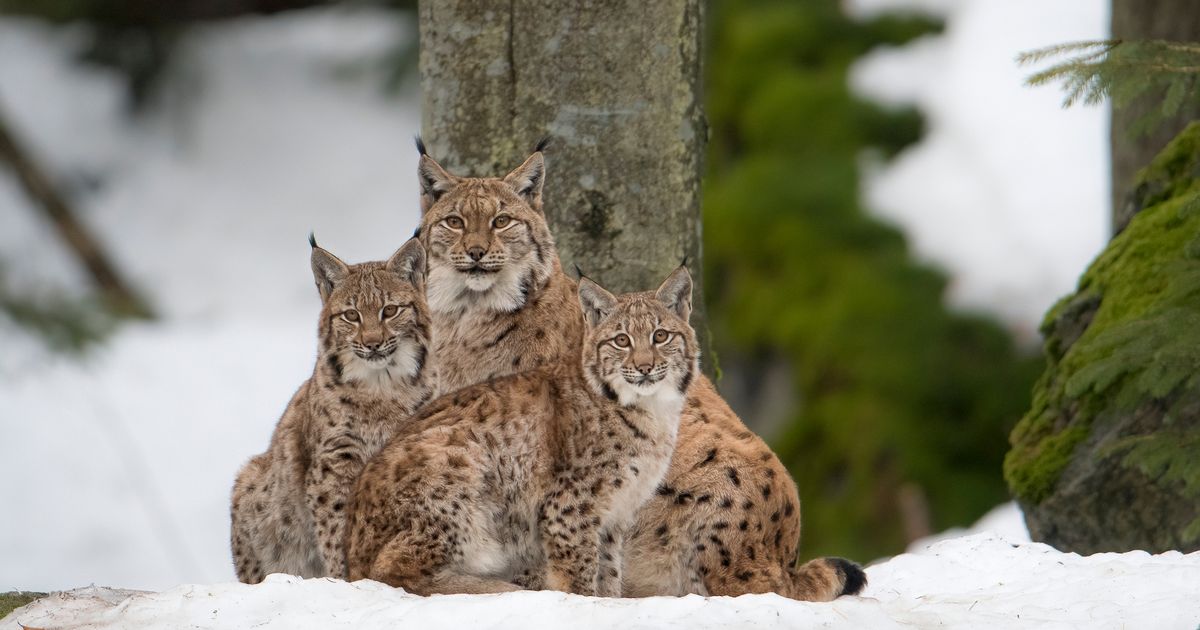A study has found lynx could thrive in Northumberland, claiming most people in the area would support the practice
17:15, 08 Aug 2025Updated 17:34, 08 Aug 2025
 A lynx and its young(Image: Berndt Fischer)
A lynx and its young(Image: Berndt Fischer)
Farmers “wouldn’t stand” for a reintroduction of lynx in Northumberland despite a study which suggests otherwise. The Missing Lynx Project found that 72% of people who engaged with its touring consultation were in favour of Eurasian lynx being reintroduced to Kielder Forest.
Kielder is thought to be the only area of England and Wales with enough extensive woodland for lynx to thrive. However, some fear that the consultation does not give an accurate representation of the feeling in Northumberland, with 1,700 responses gleaned, 1,073 of those from the project region.
Coun John Riddle represents the Kielder area as part of the Bellingham Ward. The fourth-generation farmer, who has been a councillor since 1989, told ChronicleLive in April 2024 he did not support plans to bring back the big cats, and his opinion remains the same 16 months on.
Coun Riddle did not engage with the Missing Lynx Project’s consultation, and says that this was the case for many of his peers – despite the project taking a group of farmers to Germany and Switzerland so they could learn first-hand about how lynx and livestock could co-exist. Coun Riddle said: “Lots of the farming community didn’t engage at all because they are a minority as far as numbers go.
“But I think it’s a retrograde step. As farmers, we feel as though we’re very much under pressure at the moment with the demise of the Basic Payment Scheme, we have got inheritance tax problems.
“The country is very, very precarious in food security. It’s another nail in the coffin in people’s mindsets of rural life.
“These things did roam around a long, long time ago but they were done away with because they caused problems for livestock.”
Coun Riddle said that despite the likelihood that lynx would be protected, there was a possibility that disgruntled locals would “find ways and means of disposing of them.” He added: “People wouldn’t stand for it, it’s something they don’t need.”
 Farmer John Riddle, at Blakelaw Farm, Bellingham
Farmer John Riddle, at Blakelaw Farm, Bellingham
It is the second time proposals to reintroduce the Labrador-sized big cat have been mooted, with an earlier bid by the Lynx UK Trust rejected by the Government in 2018. Coun Steven Bridgett, who represents the Rothbury ward, said that any such reintroduction must be grounded in reality, not romanticism.
He said: “The majority of apparent support seems to come from those who don’t live in the countryside, don’t work in it, and won’t have their livelihoods affected by the arrival of a new apex predator. Those who do live and work in rural areas, and still support this plan, often appear to hold an idealised, almost storybook view of what the countryside should look like — one that doesn’t match up with the practical, day-to-day realities of managing a working landscape.
“This debate isn’t about whether lynx are beautiful or whether they once lived here. It’s about the real-world implications for biodiversity, for rural livelihoods, and for the delicate balance of our current ecosystem.”
Both councillors said they feared that lynx would attack sheep rather than wild prey, with Coun Bridgett adding: “Predators don’t always stick to a conservationist’s script.” However, research on lynx in Europe shows that roe deer is the preferred food of lynx.
 Rothbury councillor Steven Bridgett(Image: Copyright Unknown)
Rothbury councillor Steven Bridgett(Image: Copyright Unknown)
Dr Deborah Brady, project manager of the Missing Lynx Project said: “We ran a social consultation for over a year which included a touring exhibition at 15 village halls and visitor centres – and almost 10,000 visitors attended over the 100 days that it was open. We also hosted more than 100 stakeholder meetings and one-to-one interviews with members of the local community, farmers, landowners, foresters and businesses.
“12 workshops were also held – and 1,700 people completed individual questionnaires. We also took a group of farmers to Germany and Switzerland, to learn first-hand about how lynx and livestock co-exist.
“It’s important to note that we are continuing to work with local communities to consider how a reintroduction project could be managed to reduce risks and maximise benefits – to have a plan that’s designed together with local people which sets out measures that are feasible and can actually work. The main concern raised during the consultation was the risk to livestock and we understand that.
“The evidence from countries in Europe is that people and farmers can co-exist with lynx and the risks are likely to be manageable with support and mitigation.
“Sheep graze out in the open in this country and not in forests where lynx would live if they were ever to be reintroduced. Research in Europe shows that the preferred food of lynx is deer and most commonly roe deer.”
